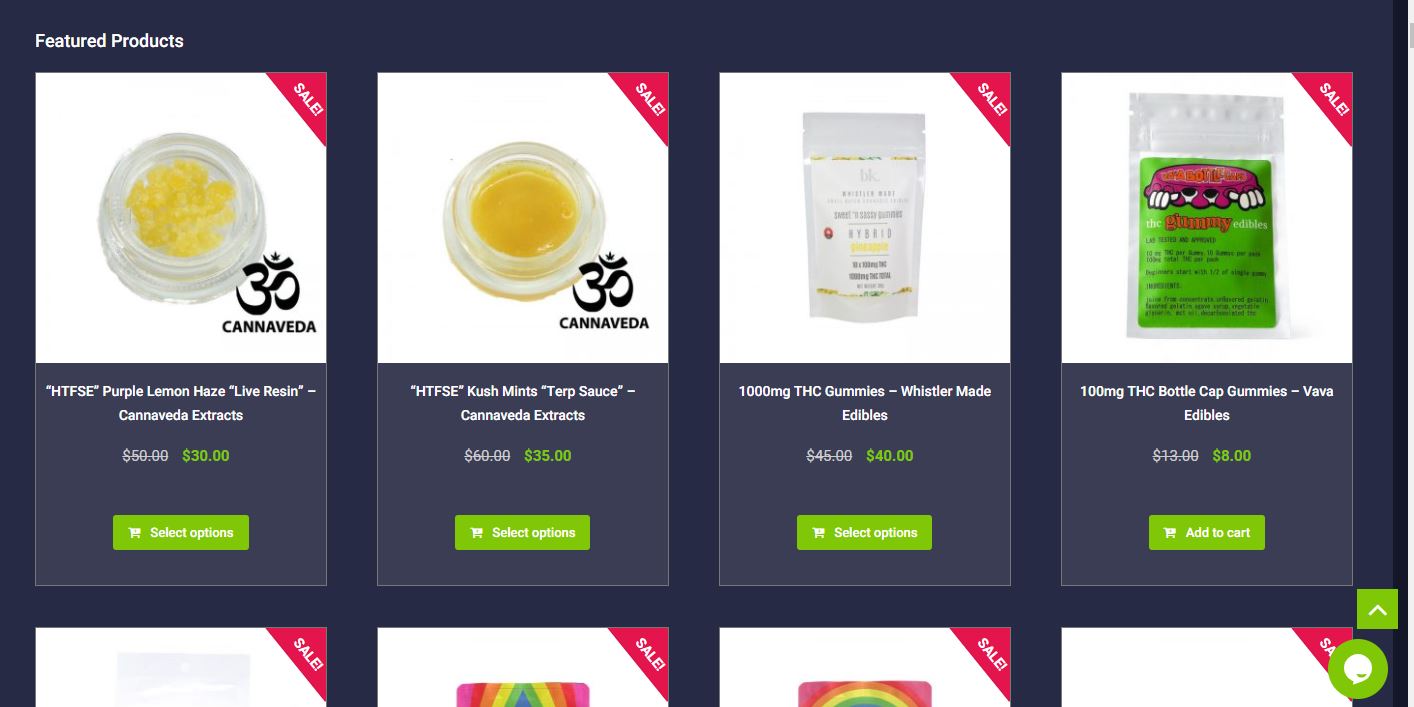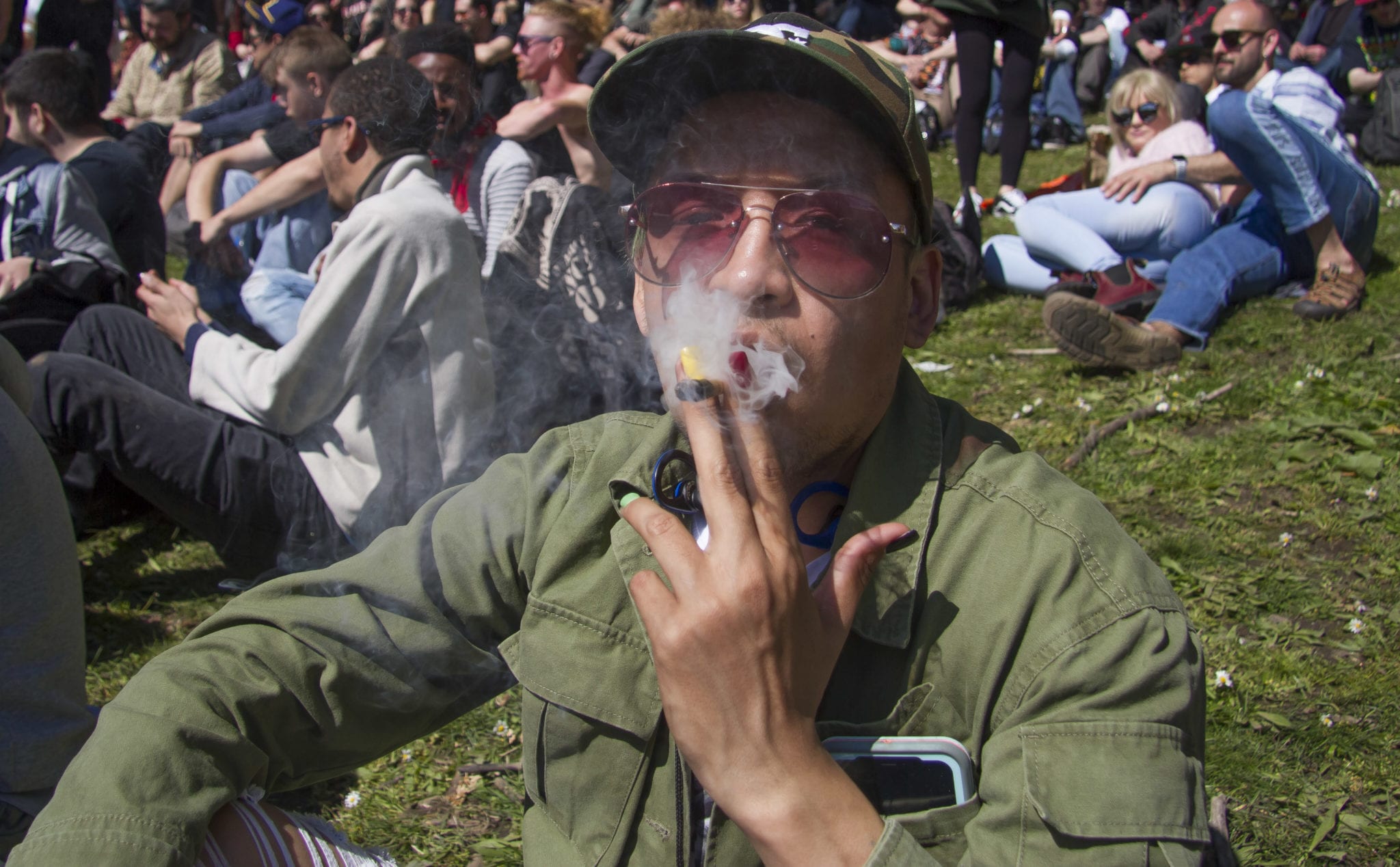Heavy-users consume most of the cannabis in Canada and are more likely to buy from illicit sources because of easier access and lower costs than the legal market.
That’s according to a study by researchers from the University of Guelph who ran statistical analyses on responses from the National Cannabis Survey (NCS) one year before and after legalization to see if regulations stopped users from going to the black market.
The study published in the Journal of Canadian Studies found legalization reduced the chance of consumers getting weed from unregulated sellers by approximately 37 per cent in the 2018–2019 period.
Price and access were the most important factors predicting market share in the industry, while quality and safety were shown to be less relevant.

Price becomes very important for users that smoke large amounts of weed. Chart via ‘How well is cannabis legalization curtailing the illegal market? A multi-wave analysis of Canada’s National Cannabis Survey’
Researchers also found that young consumers under 25 who smoke a lot of weed are more attracted to the black market because of the lower prices and, while underage, the lack of barriers to access it.
“Whereas estimates suggest that as many as half of users now buy at least some of their cannabis legally, less than a third of them are purchasing from legal sources only,” reads the study.
The study also shows legalization affected some regions more than others. The impact was less significant in British Columbia, Quebec, Ontario and Saskatchewan, but users in Alberta are much less likely to purchase from a dealer post-legalization.
But as legal prices have gone down, and store count and product selection have gone up, multiple sources have reported that buy-in to the licit market has increased significantly.
In June, the Société québécoise du cannabis reported it drew 53 per cent of sales away from the underground market by the end of its 2020–2021 fiscal year. In its annual review for the fiscal year ended March 31, the Ontario Cannabis Store said it captured 44 per-cent of overall provincial sales.
Read more: Ontario Cannabis Store posts huge growth in 2nd-annual fiscal report
Read more: SQDC diverts 53% of weed sales away from illicit market, doubles net income
Young adults smoke more weed post-legalization
Findings from the first year post-legalization show that the use among all age groups appears relatively stable, apart from a large increase among those 65 and older, with no evidence of use decreasing among young people. In surveys leading up to legalization, use rates were higher among young adults in the 20–24 age group.
By the second quarter 2019, nearly half of consumers reported buying cannabis from a legal source.
Those identifying price and access as important are significantly more likely to keep purchasing from dealers, according to the study.

Frequent, heavy consumers are attracted to low prices and high accessibility offered by illicit dealers and dispensaries. Screenshot by Natalia Buendia Calvillo
For the study, researchers looked at four different sets of responses to the National Cannabis Survey — two pre-legalization and two post-legalization with over 6,000 respondents from different provinces.
The NCS is an anonymous survey aimed at Canadians 15 years and older. But it doesn’t include people living on Indigenous reserves, institutionalized people or people experiencing homelessness.
The study analyzed whether respondents had bought cannabis illegally through a “dealer” or via the legal market, but excluded other sources like friends, home growing and dispensaries “due to the ambiguity of interpreting perceptions and realities of whether these were legal or illegal.”
Read more: Value Buds’ low-cost model spikes sales for Nova Cannabis
Read more: Testing pilot finds multiple contaminants in illicit BC bud
Researchers focused on what factors make a person choose where to buy their weed, as well recording which provinces and age ranges consume more weed and where they buy it from.
Aside from price and accessibility, other important factors included anonymity, location and accessibility.
The study found that since cannabis was legalized, those trying it for the first time are more likely to be older than people who tried it for the first time before legalization.
There’s an increase in consumption in people over 45, tending to be experimental or infrequent with no associated increase in daily or near daily use.
Follow Natalia Buendia Calvillo on Twitter
natalia@mugglehead.com








